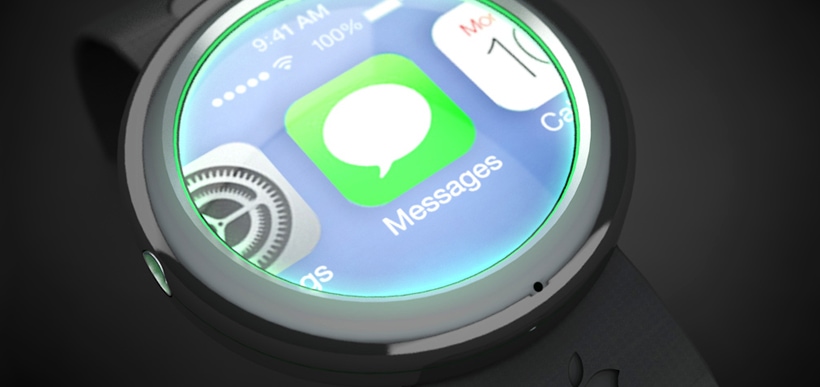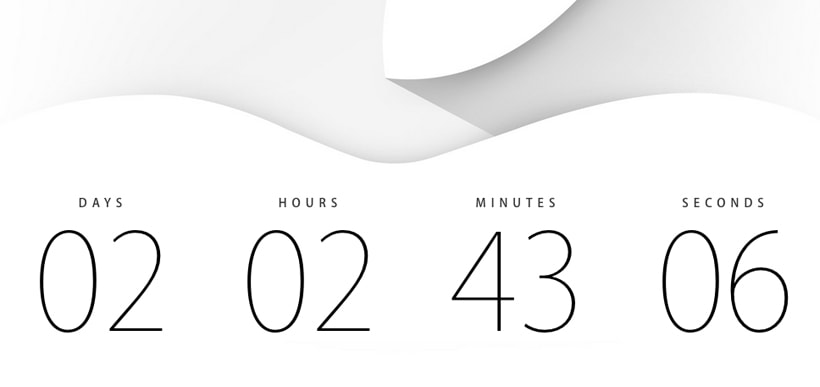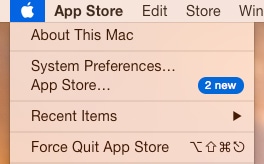On Tuesday Apple held an event broadcast over the internet to the entire world. Information is still coming in fast and subject to change. Here are some of the highlights in case you missed the excitement:
The Apple Watch, a brand new wearable smart device, will be launched in 2015 and priced at $349. It will be used in conjunction with iPhones, but only starting with the iPhone 5 model and up. The Apple Watch will have Siri voice commands and a new “taptic” function that gently buzzes the user’s wrist for multiple uses. The Apple Watch will also have an earphone jack, wifi connectivity, a customizable HUD and full app usability, among other features. More information on the product, including a final release date, are expected in future updates.
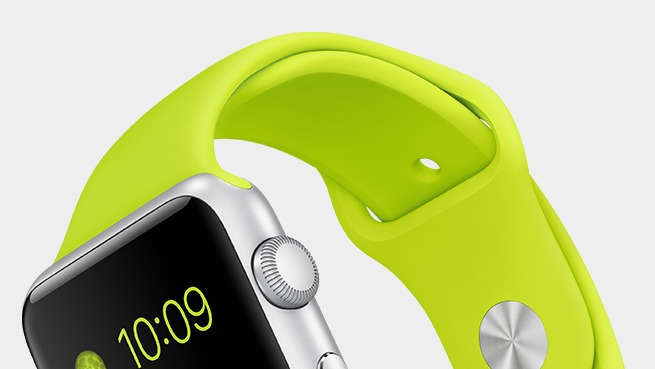
Two new iPhones will be released on September 19; the iPhone 6 and the iPhone 6 Plus. The iPhone 6 will retail in the United States for $199, and the iPhone 6 Plus will retail in the United States for $299. No word yet on pricing in other countries. Apple increased the price of its iPhones higher that ever, reflecting confidence that consumers are hungry for the product and will meet demand. Apple’s iPhone is more expensive than nearly all other competing smartphones. Estimates for the final selling price of an iPhone, plans and peripherals add up to around $657 this year, compared with $254 for Android smartphones.
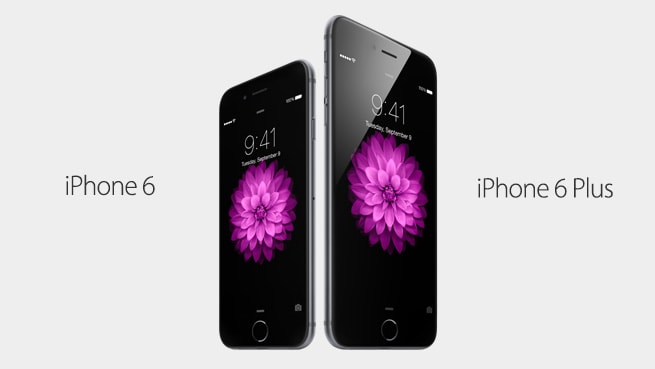
The iPhone 6 and 6 Plus are announced to have bigger screens, at 4.7 and 5.5 inches each, respectively. They will also contain 128 Gigabytes of internal memory. Traditionally, Apple has stuck with a small display for its iPhone, while competitors were making larger screens for high-end phones. Larger screens are desired in Asia, where the smartphone is replacing the personal computer as a person’s main computing device. The lack of a large screen was fast becoming a liability for Apple. Smartphone rival Samsung Electronics has pushed hard into large-screen smartphones and used the bigger screen as a positive difference away from the iPhone. Samsung is currently the market leader of large smartphone displays.
Apple Pay, a brand new contact-less payment program, has been announced. Instead of traditional debit and credit card transactions, Apple Pay will allow users to directly scan and purchase goods and services with their iPhones at a registered business. Details will be forthcoming on where Apple Pay can be used; the current list of Apple Pay vendors are McDonalds, Subway, Whole Foods and Sephora. More businesses are expected to announce their support in future updates.
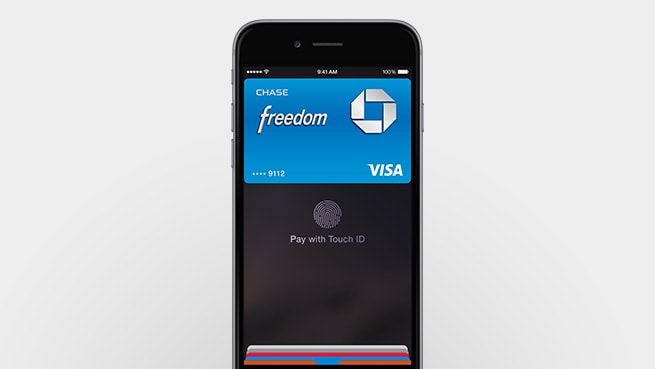
To celebrate the Apple Watch and the newest iPhone release, legendary rock band U2 has announced their new album will be free to download for all iTunes users. More than 500 million users have been given day-one access to the music, which is the largest record debut in the history of the music industry.
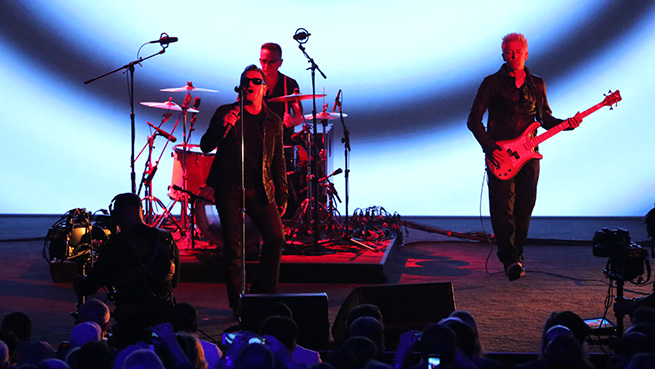
Expect more details about Apple’s new products to emerge in the weeks ahead.


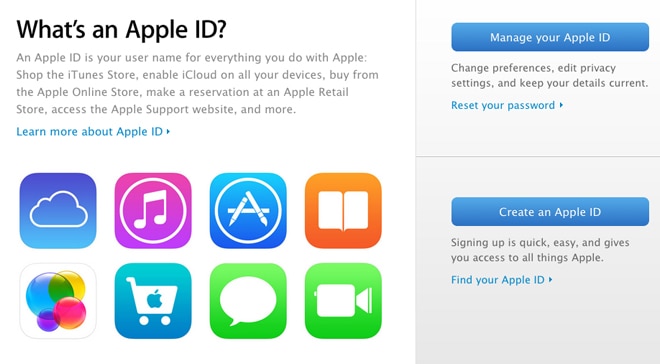
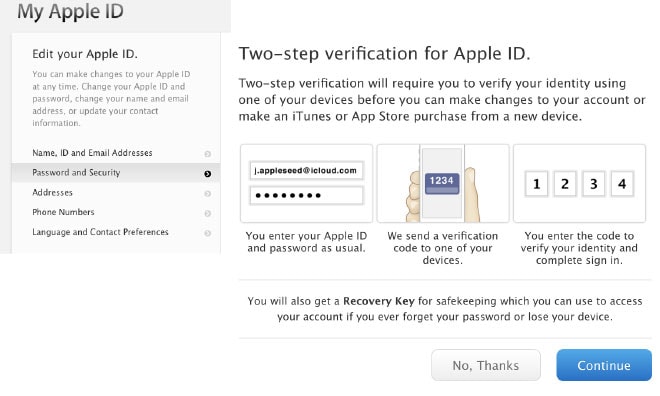
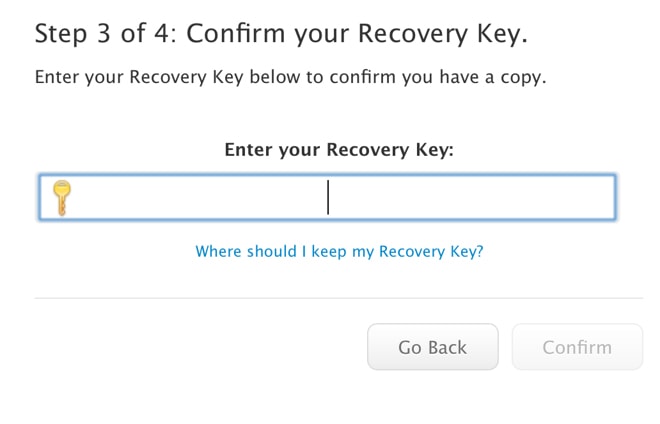 Now a general warning: If you manage to forget your password, throw away your recovery master key AND lose access to all of your “trusted” devices, you will not be able to login to the Apple ID system, period. No exceptions. Apple Corporation will officially not be able to help you, but a customer service representative can recommend replacement devices for you to buy.
Now a general warning: If you manage to forget your password, throw away your recovery master key AND lose access to all of your “trusted” devices, you will not be able to login to the Apple ID system, period. No exceptions. Apple Corporation will officially not be able to help you, but a customer service representative can recommend replacement devices for you to buy.